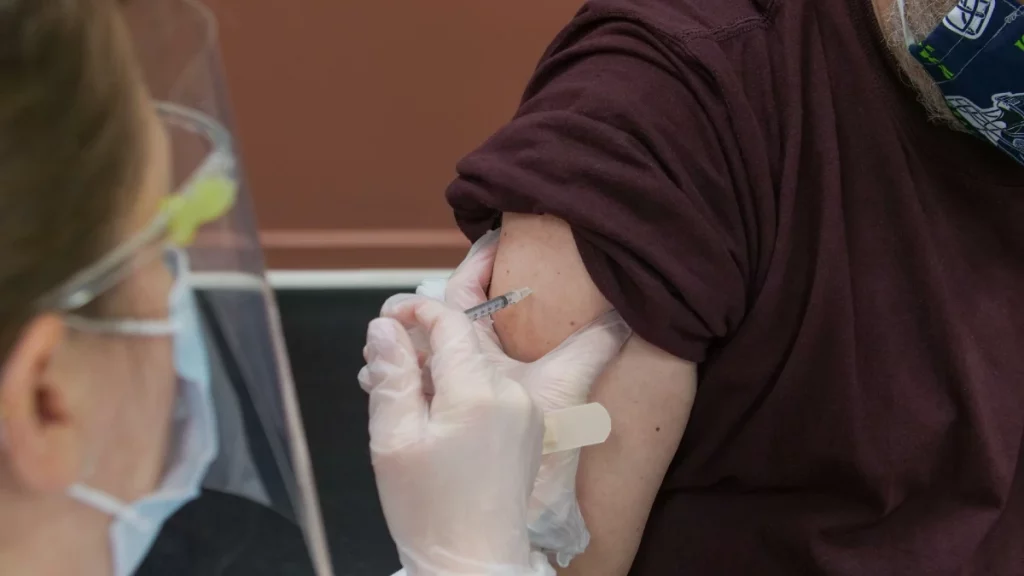Endemic in Africa, cases of the monkeypox virus have been recorded in most European and American countries in recent times. This leaves many wondering if the world is on the verge of yet another pandemic.
The United States and most countries have recorded cases of the monkeypox virus. This is unusual as the infection is not endemic in these countries. On the contrary, the disease is indigenous to Africa, often spread by infected wild animals within the locale.
The U.K reported the first case of Monkeypox on May 7, from an individual who journeyed down to Nigeria. Medical records confirmed more cases in subsequent weeks that had no possible link or direct contact with the first case.
The outbreak also threatened the United States, where one confirmed case and four suspected cases emerged in late May. Reports showed each affected individual had recent travel records, with the confirmed case recently visiting Canada.
More cases surfaced in Australia, Belgium, Canada, France, Germany, Italy, the Netherlands, Portugal, Spain, the UK, US, and Sweden as the days progressed.
As of May 21, 2022, the WHO confirmed at least 92 cases and 28 suspected cases of monkeypox from 12 non-endemic countries. Even more alarming is that the majority of these cases have no direct travel links to an endemic region.
This unusual phenomenon, surfacing in the wake of the coronavirus pandemic has given rise to panic in most regions. Many are left asking what the Monkeypox disease is all about and how it transmits between persons.
What Is Monkeypox?
Monkeypox is a rare infectious viral disease caused by the monkeypox virus and closely resembling smallpox. It occurs in both humans and animals, producing symptoms like fever and headache, backache, shivering, and muscle pain.
More severe symptoms like swollen lymph nodes in the neck, below the jaw, groin or behind the ear also occur. These symptoms eventually give rise to rashes that form blisters and crust over.
Two identified strains exist in the world, both of which originate in Africa. The first strain is endemic in Central Africa and causes severe, potentially life-threatening sympto. The second, identified in West Africa, is less severe.
Monkeypox Is Endemic In Most African Countries
The global monkeypox outbreak is undoubtedly an unusual phenomenon given the lack of established human-to-human transmission links to endemic countries.
While many states in the US and UK are seeing growing confirmed and suspected cases, other countries with a history of the virus barely have reports.
Some of these endemic countries include Cameroon, Nigeria, Benin, Gabon, the Central African Republic, the Republic of Cong and Liberia. Countries like Gabon, South Sudan, the Democratic Republic of Congo, and Sierra Leone have also reported human cases. In such countries Ghana, the disease only exist in animals.
Knowing the countries susceptible to the virus helps one better understand this alarming deviation from the norm, and ultimately, how to keep safe when traveling.
It Can Be Contracted From Humans Or Animals
Monkeypox can be transmitted through contact from animals to animals, animals to humans, or humans to humans. Humans can also contract the disease via direct contact with infected objects.
The majority of cases detected arise from contact with the body fluids of an infected, or direct contact with a symptomatic individual. Animal to human transmission occurs through the handling of bushmeat, animal bites or scratches.
Usually, following an infection, the incubation period is 5-21 days or an average of 12 days after which symptoms begin. These symptoms last for about two to four weeks depending on the individual and treatment method.
Diagnosis Of Monkeypox Is A Bit Tricky
Given its similarity to other rash illnesses like smallpox, chicken pox scabies, syphilis and measles, it is often tricky to conduct a clinical differential diagnosis of Monkeypox.
Hence, an effective means of diagnosis is to test for the virus using discharged fluid from the rashes or tissue exudates. A preferred, effective and commonly practised diagnostic method is testing samples from skin lesions using the Polymerase Chain Reaction, PCR.
There Is Currently No Specific Cure
The tecovirimat treatment is recognized in the United States and Europe as a potential treatment for a wide range of poxviruses including the monkeypox.
This treatment often goes alongside supportive care of patients and the application of topical treatment to ease the itchiness or discomfort accompanying blisters.
In terms of prevention, the smallpox vaccine is 85% effective against infection. This prevention method was widely used until the invention of the monkeypox vaccine in 2019, approved for use in adults in the U.S.
These unorthodox methods of treating or preventing the Monkeypox would hopefully curb its spread in most countries. Meanwhile, several citizens in affected regions are left in a state of panic as the world, which is yet to recover from the coronavirus outbreak fears the emergence of yet another pandemic.
